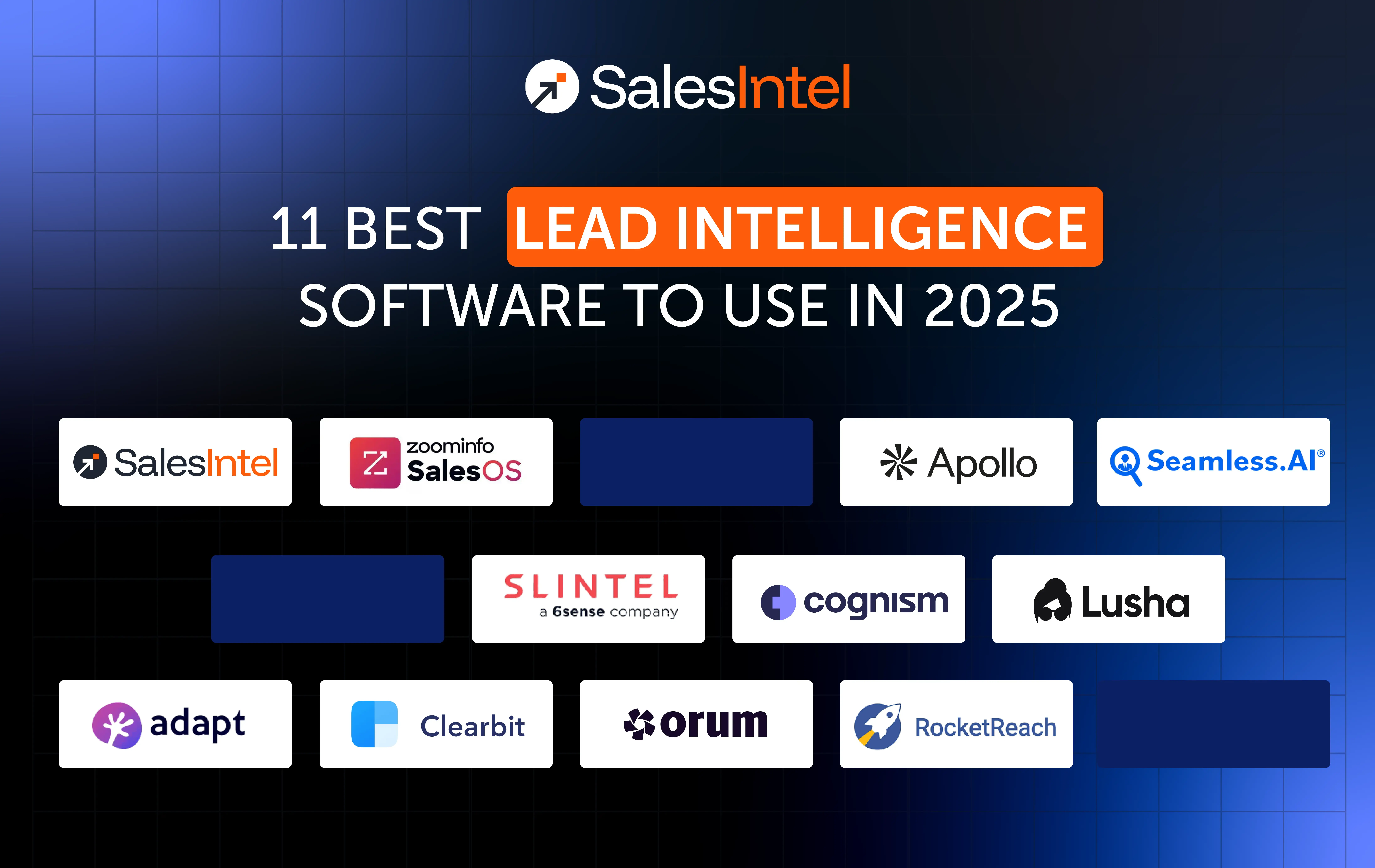Marketers often use lead generation and demand generation as if they mean the same thing. But they do not.
Mixing them up can lead to wasted budgets, misaligned strategies, and frustrated sales teams wondering why their pipeline is not growing.
The truth is that you need both to build a successful growth strategy. This blog breaks down their key differences, how they complement each other, and how to use them together for maximum impact.
What Is Demand Generation
Imagine trying to sell a product to someone who has never heard of it. That is where demand generation comes in.
Demand generation is all about creating awareness and trust before a prospect even considers becoming a lead. It is the long game, educating, engaging, and positioning your brand as the go-to expert in your space.
The Goal
- Build credibility and thought leadership
- Educate potential buyers about industry challenges and solutions
- Generate inbound interest organically
Key Strategies
- Content marketing including blogs, industry reports, and whitepapers that answer key questions
- Webinars and podcasts that establish authority
- Social media marketing using both organic and paid strategies to reach the right audience
- Public relations and brand storytelling to make your brand memorable in a crowded space
Example: A cybersecurity company publishes a research report on new cyber threats. It is free, ungated, and widely shared, positioning the company as a trusted expert before they even try to sell anything.
What Is Lead Generation
Once you have built awareness, the next step is capturing potential buyers’ information so sales can start a conversation.
Lead generation is about converting interested prospects into known contacts that your team can engage with. It is more transactional than demand generation, focusing on getting someone’s details in exchange for something valuable.
The Goal
- Identify prospects who show interest in your product or service
- Collect contact details including emails and phone numbers for further engagement
- Qualify leads before passing them to sales
- Gated content including ebooks, whitepapers, and case studies that require email submission
- Landing pages with lead forms designed to capture prospect details
- Paid ads with lead forms on platforms such as LinkedIn, Google, and Facebook
- Email list building by encouraging newsletter subscriptions for ongoing engagement
Example: A SaaS company runs a LinkedIn ad offering a free guide on improving sales efficiency. To download it, users must submit their email, generating a lead for the company.
Key Differences Between Lead Generation and Demand Generation
| Aspect | Demand Generation | Lead Generation |
| Focus | Brand awareness and education | Collecting contact details |
| Goal | Build interest and authority | Capture and qualify leads |
| Tactics | Blogs, webinars, organic content | Paid ads, gated content, landing pages |
| Timeline | Long-term strategy | Shorter-term conversion focus |
| Measurement | Engagement, website traffic, social shares | Form fills, marketing-qualified leads, sales-qualified leads |
Understanding the Differences in Detail
1. Focus: Brand Awareness vs. Lead Capture
Demand generation is about educating potential buyers and positioning your company as a trusted resource in your industry. It does not immediately push prospects to take action but ensures that when they are ready, they think of your brand first.
Lead generation, on the other hand, focuses on capturing information from prospects who have already shown interest in your business. It requires demand generation to warm up the audience before attempting to convert them into leads.
2. Goal: Interest vs. Conversion
Demand generation aims to generate broad interest in your brand through educational content and industry discussions. The goal is to create demand for your product or service, even among those who were not actively looking for a solution.
Lead generation, however, is about taking that interest and converting it into action. Once prospects are aware of your solution, lead gen tactics ensure they share their contact details so that sales teams can engage them directly.
3. Tactics: Content-Led vs. Direct Response
Demand generation relies on free, high-value content that reaches a wide audience. It includes tactics such as publishing blogs, hosting webinars, appearing on podcasts, and running organic social media campaigns.
Lead generation uses more direct methods, such as gated content that requires users to fill out a form before accessing a whitepaper or case study. It also includes paid advertising, email campaigns, and retargeting strategies that encourage immediate action.
4. Timeline: Long-Term Relationship vs. Quick Wins
Demand generation plays the long game, nurturing potential buyers over months or even years. It builds awareness and trust so that when a prospect is finally ready to make a decision, they turn to your brand.
Lead generation is a shorter-term strategy focused on immediate results. It works best when demand generation has already created an engaged audience that is more likely to convert.
5. Measurement: Engagement vs. Lead Metrics
The success of demand generation is measured through engagement metrics like website traffic, content downloads, and social media interactions. These indicate how well your brand is capturing attention and building an audience.
Lead generation is measured by direct conversions—form submissions, marketing-qualified leads (MQLs), and sales-qualified leads (SQLs). It also tracks cost per lead (CPL) and return on ad spend (ROAS) to ensure efficiency.
While demand generation is a marathon, lead generation is a sprint. Relying only on demand generation means you risk missing out on direct leads, while focusing only on lead generation without demand generation makes outreach feel too aggressive.
Why You Need Both for a Winning Growth Strategy
Skipping demand generation is like expecting someone to buy from you without knowing who you are. On the other hand, relying only on lead generation means pushing people into your funnel before they are ready.
Here is how to align them for better results
Use demand generation to warm up your audience before offering gated content. Instead of capturing emails too early, focus on engagement first
Run lead generation campaigns targeted at demand generation-engaged audiences. Retarget visitors who interacted with your content but have not converted yet
Personalize follow-ups based on demand generation interactions. A lead who watched a webinar should receive different outreach than one who downloaded an ebook
Statistic to Back It Up
Companies that align demand generation and lead generation generate 208 percent more revenue from marketing efforts than those that do not. Source: MarketingSherpa
Stop Choosing and Use Both for Maximum Growth
Demand generation and lead generation are not competing strategies. They are two sides of the same coin.
Focusing only on demand generation builds an audience but leaves money on the table. Focusing only on lead generation means chasing prospects who may not be ready. The best approach is to combine both for a sustainable and scalable pipeline.
The next time you plan a campaign, ask yourself if you are just generating leads or if you are building demand too. The answer could be the key to unlocking real growth.



![10+ Sales Pipeline Management Tools [+Tips]@4x](https://salesintel.io/wp-content/uploads/2025/09/10-Sales-Pipeline-Management-Tools-Tips@4x.webp)
